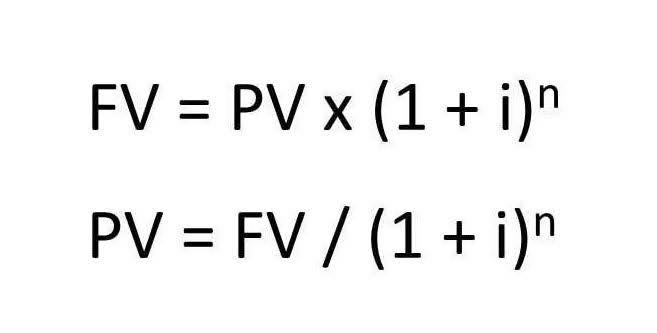2 4: The Basic Accounting Equation Business LibreTexts

The contributed capital (CC), beginning of retained earnings (BRE), and dividends (D) show the company’s transactions with the shareholders. It shows how the company shares profit with its shareholders or keeps money in retained earnings. The revenue (R) less expenses (E) show the net income on stockholder’s equity. This straightforward relationship between assets, liabilities, and equity is considered to be the foundation of the double-entry accounting system. The accounting equation ensures that the balance sheet remains balanced.
- Purchasing the office machine with cash of $1,500 means an additional $1,500 on assets for the purchased machine and a deduction of $1,500 for the assets in terms of cash going out.
- The above mentioned is the concept, that is elucidated in detail about ‘What is accounting equation?
- Thus, the accounting equation is an essential step in determining company profitability.
- In this form, it is easier to highlight the relationship between shareholder’s equity and debt (liabilities).
- In other words, the accounting equation will always be “in balance”.
- The total amount of debits and credits should always balance and equal.
- The basic accounting equation paved the way for developing a new equation called the expanded accounting equation, which presents the equation in a more detailed fashion.
The accounting equation will always balance because the dual aspect of accounting for income and expenses will result in equal increases or decreases to assets or liabilities. Owner’s equity is the amount of money that a company owner has personally invested in the company. The residual value of assets is also what an owner can claim after all the liabilities are paid off if the company has to shut down. The basic accounting equation is very useful in analyzing transactions with the global practice of double entry in bookkeeping and ledger organization.
Accounting journal entries
We will now consider an example with various transactions within a business to see how each has a dual aspect and to demonstrate the cumulative effect on the accounting equation. Capital essentially represents how much the owners have invested into the business along with any accumulated retained profits or losses. The capital would ultimately belong to you as the business owner.

Conversely, a partnership is a business owned by more than one person, with its equity consisting of a separate capital account for each partner. Finally, a corporation is a very common entity form, with its ownership interest being represented by divisible units of ownership called shares of stock. Corporate shares are easily transferable, with the current holder(s) of the stock being the owners.
Format of the Journal Entry
This includes expense reports, cash flow and salary and company investments. In order to see if the accounts balance, we have to use the accounting equation may be expressed as the accounting equation. The accounting equation states that assets are equal to the sum of the total liabilities and owner’s equity.
- These are some simple examples, but even the most complicated transactions can be recorded in a similar way.
- Assets will always equal the sum of liabilities and owner’s equity.
- Good examples of assets are cash, land, buildings, equipment, and supplies.
- A two-line journal entry is known as a simple journal entry, while one containing more line items is called a compound journal entry.
- In such cases, you must correct the underlying unbalanced journal entry before you can issue financial statements.
The last component of the accounting equation is owner’s equity. Initial start-up cost of a company that comes from the owner’s own pocket – that’s a good example of owner’s equity. A company’s liabilities include every debt it has incurred. These may include loans, accounts payable, mortgages, deferred revenues, bond issues, warranties, and accrued expenses. The accounting equation is also called the basic accounting equation or the balance sheet equation. To further illustrate the analysis of transactions and their effects on the basic accounting equation, we will analyze the activities of Metro Courier, Inc., a fictitious corporation.
